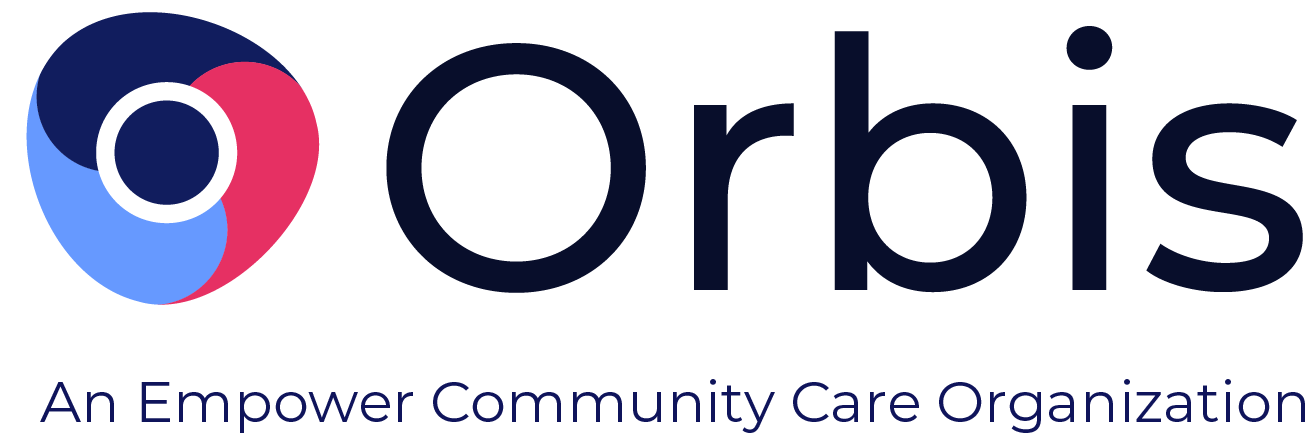Ruben Saldana was only 12 years old when he joined a gang in Florida and by the age of 13, he was a leader. In a city with record gang affiliation, it can be hard to avoid the violence the gang organizations bring. But gang activity is not confined to big cities; the FBI estimates that over 33,000 violent street gangs are active across the United States.
Criminal gangs have been a part of American life for decades, though membership and activity in gangs across the nation have been increasing steadily since 2001. Gangs are heavily concentrated in large cities—places with populations over 100,000—though smaller cities and suburbs also struggle with gang activity. Those involved in gangs are much more likely to engage in serious or violent crime; in just three years, large cities saw gang-related homicides increase by 13%. But gang activity does not just bring problems with violent crime: gangs are often linked to high rates of drug trade, gun use, and even human trafficking.
Youth who join gangs may face a number of negative consequences, experts say, including involvement with the juvenile justice system. Dr. Gabriel Cesar, assistant professor of criminology and criminal justice at Florida Atlantic University, said, “Gang involvement is a risk factor for negative outcomes. It makes you more likely to be a victim and it makes you more likely to be an offender.” Thus, intervening early can prevent future juvenile crime and repercussions.
Why Do Thousands of Adolescents Every Year Choose to Affiliate with Gangs?
The pulls of gang membership can be particularly alluring to youth, especially higher-risk teenagers with gang-affiliated friends. In a study of 798 high school students, researchers found that young gang members were more likely to be delinquent and demonstrate antisocial behavior than non-affiliated teenagers. But surprisingly enough, “peripheral youth”—those unaffiliated with gangs, but friends with juvenile gang members—also were more likely to display these tendencies, a sign that peer behavior can be a potent influence on gang affiliation. Family affiliation also plays a major role in the decision to join a gang: older siblings who are gang-involved exert significant amounts of pressure on younger family members to join, and a 2014 study found that living with a gang member was one of the three most powerful predictors of gang affiliation among youth. The other two involved living in antisocial neighborhoods and maintaining antisocial peer influences—hostile, aggressive environments can turn teenagers towards gangs.
But gangs have less codified pulls, too. Though they engage in criminal and violent activity, gangs are often sold as families—places to make money, earn status, and, often most importantly, become part of something “bigger.” Among youth, alienation from peers at school or elsewhere can make gangs seem more palatable; lack of parental supervision and healthy social relationships can also lead youth closer to gangs. Many gangs engaged in drug trafficking also brand themselves as having high status—young people may become interested in gangs as a measure of reputation or to earn respect from peers. But this “reputation” gangs seek comes at a price: youth who join often have to complete violent initiation acts to prove themselves as members, putting others as well as themselves in danger. This trend bears fruit: among adolescents in large cities, 65-85% of violent juvenile crime is perpetrated by gang-affiliated youth.
Understanding Justice-Involved Clients with a Youth Assessment
According to the University of Colorado Boulder, gang members are overrepresented in detention centers with rates of gang membership anywhere from 25 to 50 times higher than the general public. Additionally, it is estimated that 47% of justice-involved youth belong to a gang. Though juveniles living in large cities, especially those with gang-affiliated friends, are more vulnerable to gang association, there are proven effective ways to create safe, non-violent spaces for youth in juvenile facilities.
One effective approach is Orbis Partners’ Youth Assessment and Screening Assessment (YASI). YASI measures risk, needs, and protective factors in at-risk and juvenile justice-involved youth. The assessment tool can help professionals in juvenile settings understand the numerous factors that cause youth to struggle, get into trouble, or offend, and determine areas of needs, such as intervention strategies. Additionally, YASI is able to predict the likelihood of a young person to re-offend and/or re-engage in adverse behaviors like gang involvement. Not only does this allow a professional to be aware of the high risk of gang involvement and criminal activity of a teen, but it also provides a first step for the youth to receive support and guidance.
Early involvement in gangs could lead to a lifetime of negative outcomes and affect a youth's future. By using appropriate, evidence-based screening and assessment methods for juvenile risk factors, as well as individualized case planning, professionals can provide youth who may be involved in gangs with services and programs that could positively affect their future decisions and lives forever.
Orbis Partners provides solutions for criminal justice and human services systems, specializing in designing and implementing services for at-risk client groups. Orbis’ risk/needs assessment tools for youth are designed to guide the casework process by incorporating an individual’s unique set of needs. For more information about assessments related to at-risk youth, visit our Assessments page by clicking here.


